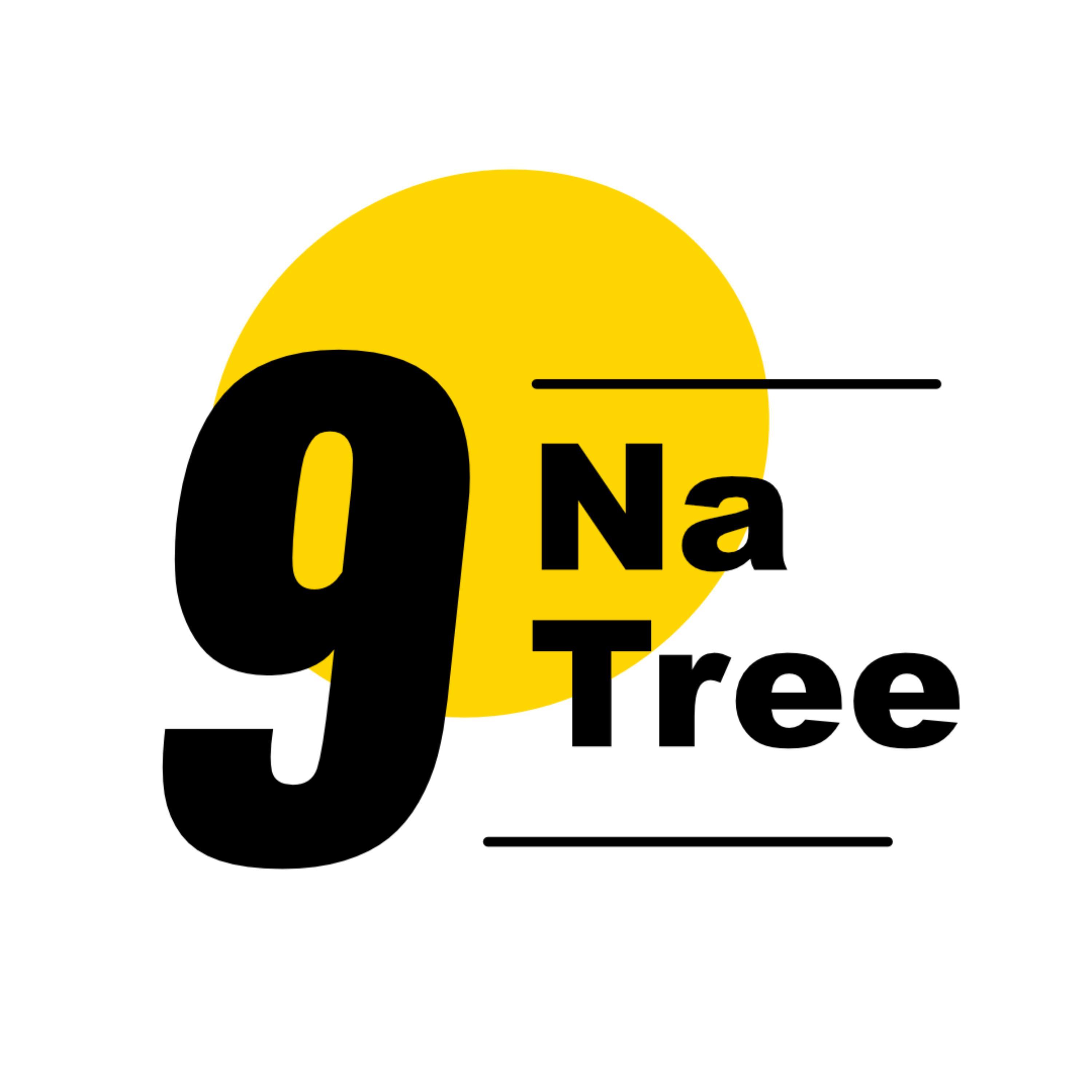![cover of episode [Review] Getting Things Done: The Art of Stress-Free Productivity (David Allen) Summarized](https://mybook.top/coverSQL/B00KWG9M2E.jpg)
[Review] Getting Things Done: The Art of Stress-Free Productivity (David Allen) Summarized

9natree
Shownotes Transcript
Getting Things Done: The Art of Stress-Free Productivity (David Allen) Buy on Amazon: https://www.amazon.com/dp/B00KWG9M2E?tag=9natree-20 Read more: https://mybook.top/read/B00KWG9M2E/ #Productivity #TimeManagement #StressReduction #WorkflowSystems #PersonalOrganization #DavidAllen #Efficiency #LifeManagement #GettingThingsDone These are takeaways from this book. Firstly, Capturing: Collecting What Has Your Attention, The foundation of David Allen’s productivity method is capturing everything that has your attention. This means writing down every task, big or small, personal or professional, that you need or want to accomplish. The rationale behind this is to clear your mind of any tasks that might be consuming mental energy. By externalizing your tasks into a trusted system, you can focus more effectively on the task at hand. This chapter elucidates the importance of having a comprehensive collection of all your pending tasks and the psychological relief it brings by knowing everything is captured in a system outside your brain. Secondly, Clarifying: Processing What It Means, After capturing everything, Allen guides readers through the process of clarifying what each item means and deciding on the next action step. This involves asking yourself if the item is actionable and, if so, what the very next action is. If it’s not actionable, deciding whether to trash it, incubate it, or file it as reference. This process ensures that every item has a clearly defined status and next step, making your to-do list not just a collection of tasks, but a roadmap to completion. It’s a transformative approach that changes how you view and interact with your work and commitments. Thirdly, Organizing: Putting It Where It Belongs, Organizing tasks efficiently is pivotal in Allen’s methodology. This stage involves categorizing tasks based on context, priority, and timeframe, and then allocating them into a system you trust. Allen suggests different categories such as ‘Projects’, ‘Next Actions’, and ‘Waiting For’, among others. This level of organization enables you to see at a glance what needs your attention most and where you can allocate your time effectively. It’s about creating a clear, external system that mirrors your internal intent. This chapter offers insights into creating a workflow that supports your way of working and living. Fourthly, Reflecting: Keeping Your System Functional, Reflection, or regular review of your system, is crucial in maintaining its usefulness. Allen recommends weekly reviews to update your lists, reassess your priorities, and ensure that nothing falls through the cracks. This habit of reflection ensures that your system remains a true representation of your current responsibilities and goals. It’s a time to engage with your tasks at a macro level, determining if your attention is aligned with your objectives. This principle of reflection fosters a proactive rather than reactive approach to productivity, ensuring that you are always in control of your workflow. Lastly, Engaging: Making The Best Choices, The final principle is about engaging with your tasks with confidence and clarity. Once your system is in place, choosing what to work on becomes simpler because you have a clear understanding of your commitments and priorities. Allen discusses strategies for making effective decisions about what to work on at any given moment, taking into account factors like energy levels, context, and priorities. This focus on engagement is about making informed choices that propel you towards your goals, backed by a comprehensive understanding of your workload and capacities. It’s a testament to the power of a well-maintained system in enhancing decision-making and productivity. In conclusion, ‘Getting Things Done: The Art of Stress-Free Productivity’ is more than a book; it's a roadmap to a more organized, efficient, and stress-free life. It offers a holistic approach to productivity that is particularly beneficial for professionals overwhelmed by their responsibilities but is equally valuable for anyone looking to bring order to their personal life. Allen's methodology provides a foundation for not just getting more done, but for enhancing the quality of what we do. It's a methodology for life, offering mechanisms to deal with work and personal tasks in a way that frees you to focus on what truly matters. Anyone seeking to improve their productivity and reduce stress will find this book a life-changing resource.